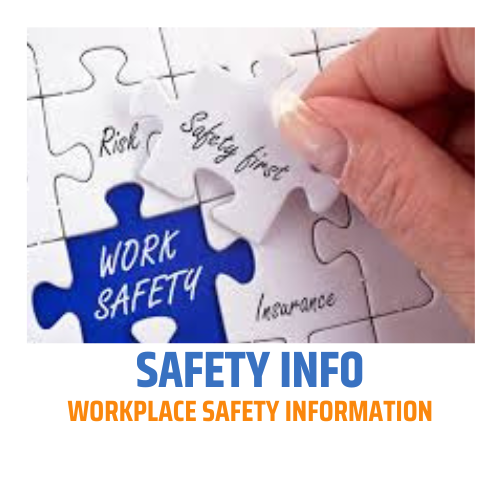What are the 4 types of Emergency Management?
The four types of
emergency management are as follows:
- Mitigation: Mitigation involves taking actions to reduce or eliminate the risks and impacts of disasters or emergencies. This includes measures such as implementing building codes, conducting hazard assessments, creating public awareness campaigns, and implementing infrastructure improvements to make communities more resilient to potential disasters.
- Preparedness: Preparedness focuses on developing plans, procedures, and capabilities to effectively respond to and recover from emergencies. It involves activities like creating emergency response plans, conducting drills and exercises, establishing communication systems, training emergency personnel, and stockpiling necessary supplies and resources.
- Response: Response refers to the actions taken during an actual emergency or disaster to protect lives, property, and the environment. It includes activities such as emergency notifications, evacuations, search and rescue operations, medical assistance, providing emergency shelter, and coordinating response efforts among various agencies and organizations.
- Recovery: Recovery involves the process of rebuilding, restoring, and recovering after a disaster or emergency has occurred. It includes activities like damage assessment, debris removal, infrastructure repairs, providing financial assistance to affected individuals and businesses, restoring essential services, and supporting the affected community's long-term recovery and rebuilding efforts.
These four types of emergency management work together in a
continuous cycle, with mitigation and preparedness activities informing
response actions, and the recovery phase leading to further mitigation efforts
to reduce future risks.







0 Comments